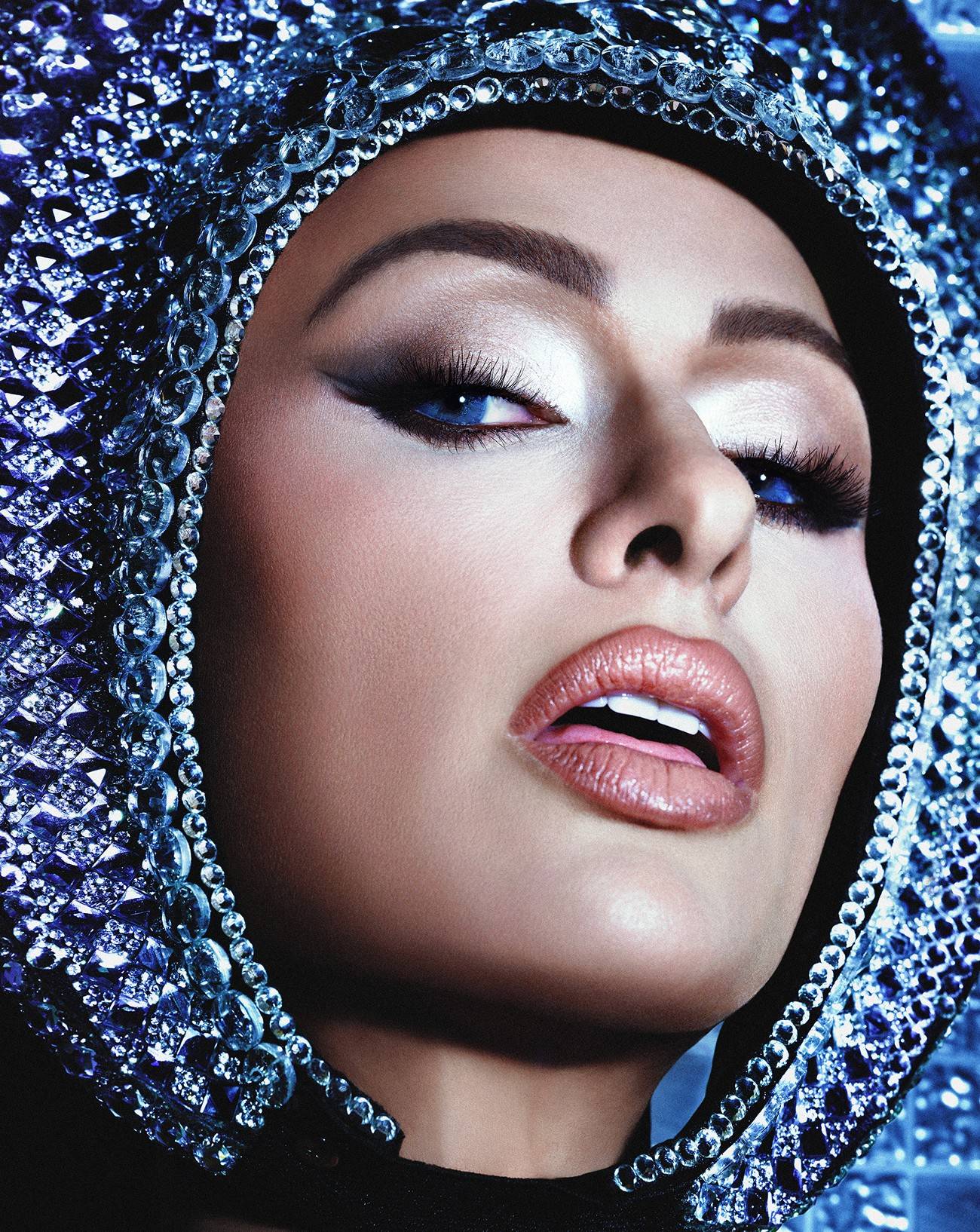Numéro: The collectors’ album recently published by Taschen features both commissioned shoots and your own personal work. What do you think it is that allows this mix of genres to work so well?
Bettina Rheims: I always felt that my commissioned work fed into my auteur work. Advertising commissions or shoots for CD covers offer the chance for new encounters: celebrities of course, but also make-up artists and other professionals that I then work with on my personal shoots. The two worlds are linked.
The great formal diversity of your work seems to make it completely impossible to talk about a Bettina Rheims style. Would you agree?
Yes. My idiom isn’t linear – I’ve gone from baroque colours to black and white. I think that the common thread running through the book is my ability to listen to women. The relationship between the model and the photographer is a dance – at the beginning it’s awkward, but with time the steps harmonize. I talk a lot, and my subjects respond with their bodies. And there’s a moment when it just clicks. It’s the pursuit of that moment that I like in photography.
You bring the same dignity to the androgyny of the 1990s – the series Modern Lovers for example – as to major themes like religion. Is abolishing hierarchies natural for you?
This book is a long journey through life, death, femininity, androgyny, religion, celebrity worship and many others. I selected 600 prints in all, and when it came to the exhibition I had to make some drastic choices. It was very difficult. All the images embody a fragile moment. For the Modern Lovers series, boys and girls came into the studio, and if I missed the fleeting moment when they were both boy and girl at the same time it was over. That’s photography – you only get one go. You can’t redo bits afterwards like with painting.
Bettina Rheims, taschen, limited edition of 800 numbered and signed copies. Also available in two limited Art Editions of 100 numbered copies accompanied by a numbered and signed photographic print, www.taschen.com.
Retrospective at Paris’s Maison européenne de la photographie, 27 January-27 March 2016, www.mep.org





















